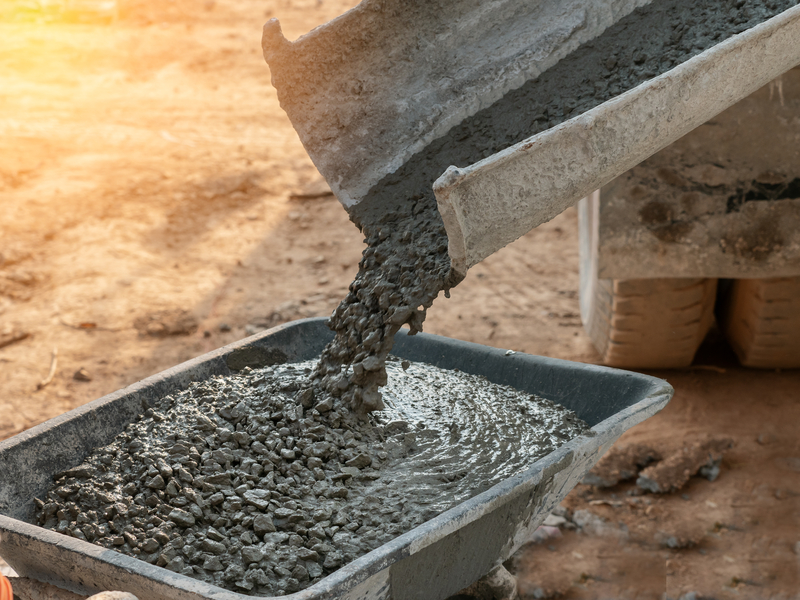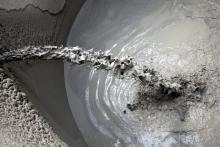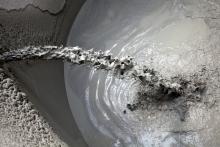
PCA market intelligence group’s senior vice president Ed Sullivan says: “Remarkably, US cement consumption recorded 2% growth during 2020. It is remarkable because Covid-19 exerted a terrible toll on the economy. Consumers bunkered down; states enacted rigid lockdowns. Real GDP declined to a rate not matched since 1946 as the economy transitioned from war time to peace time. Nearly 9.5 million fewer jobs now exist compared to pre-covid-19 levels. Many businesses did not survive the threat. And yet through all of this, cement consumption grew.”
Sullivan noted while major storms resulted in a weak 2021 start, it is likely that cement consumption growth will match or exceed 2020’s performance. Record low mortgage rates have prompted strong gains in 2020 single family construction. The low rates are expected to remain in-place through 2021, resulting in further strong demand for cement consumption. Nonresidential declines are expected to continue this year and next, but the drag on overall growth is expected to lessen. As oil prices rise, oil well cement will increase as well.
“This recovery is predicated on continued progress in fighting Covid-19. The rapid pace in vaccinations and increased mask usage have resulted in a decline in death rates from over 3,000 daily in January 2021 to less than 825 today,” Sullivan continues.
“The Institute of Health Metrics and Evaluation (IHME) projects the path of Covid-19 through the second quarter of 2021. Their forecast suggests a sustained and significant decline in daily Covid-19 deaths to less than 170. Progress associated with Covid-19 is the critical factor in the near-term outlook.”
Sullivan mentioned that the most significant long-term impact on cement consumption may unfold this year, the proposed $2.2 trillion, eight-year infrastructure programme.
The programme expands the traditional definition of infrastructure and contains more than $1.2 trillion in low or no cement intensive projects. If the Biden administration’s proposal passes as is, it could contribute more than 7 million metric tonnes annually.
“After committing to spending $5.2 trillion in Covid-19 relief and adding another $2 trillion in operations, the federal US debt could rise $7 trillion dollars in 2020-2021. This puts the discussion of the Biden proposal into context. The proposal must pay for itself which means higher taxes. While investing in traditional infrastructure such as roads and bridges has bi-partisan appeal, tax increases and some programs dubiously labelled as infrastructure has caused concern. This concern threatens the potential passage on the infrastructure initiative,”Sullivan concludes.






